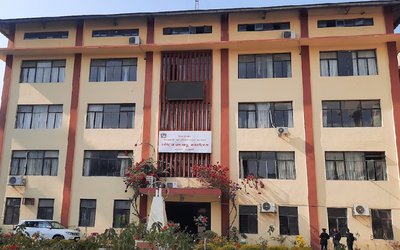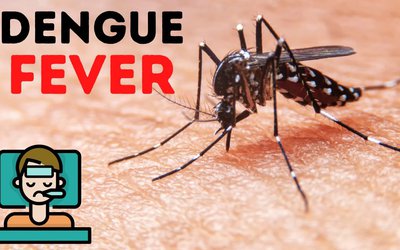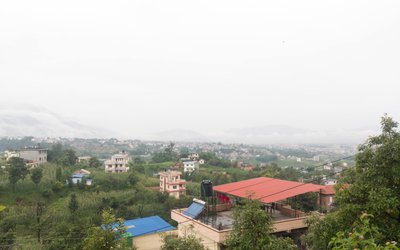
Health Officials in Gaddachauki, border post in Sudurpaschim province, have started to test intensively to those Nepalese entering from the point. With a directive of Ministry of Health and Population, health workers at the border point carefully monitoring the movement of the people.
According to the Sudurpaschim Province Health Directorate, Dipayal, Rajpur, the number of new active coronavirus cases have reached 162 in the Province in a week. The number of coronavirus cases has started going up following the increasing number of people returning from India.
There are 92 active cases of coronavirus in Kailali, 53 in Kanchanpur, 12 in Baitadi, two in Darchula and one each in Bajhang, Bajura and Dadeldhura.
Sudurpaschim province folks are worried about the increasing number of active coronavirus cases at a time when there is the threat of a new variant of coronavirus, the Omicron.
As the number of infections of COVID-19 start to increase, Nepal’s health officials are preparing health services to cope with the possible third wave coming through Omnicron variant of the virus.
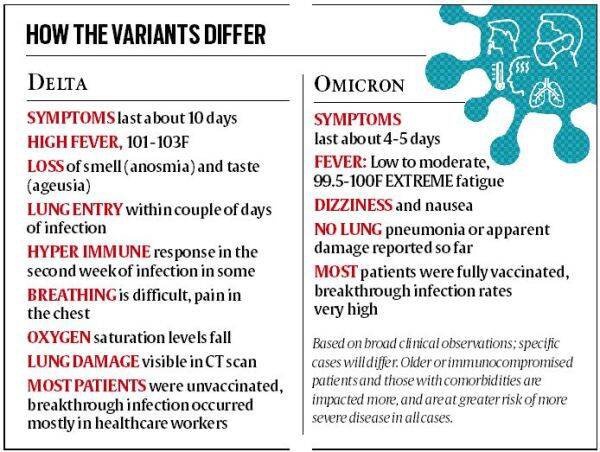
Nepal Reports New Omicron Cases
The Ministry of Health and Population (MoHP) informed that in the gene sequencing of 250 swab samples, the Omicron variant was confirmed in 24 samples.
"During the S-gene screening of 1,146 COVID-19 positive swab samples, 22%, i.e., 250 samples tested S-gene Negative and during the gene sequencing of those 250 suspected samples, the new variant was detected in 24 samples," said Dr. Sangeeta Kaushal Mishra, spokesperson at the MoHP.

Similarly, considering the probable spike in active cases of COVID-19 due to the spread of the Omicron variant, the Health Ministry has directed all the hospitals and health workers across the nation to begin preparations to fight the possible outbreak by making necessary arrangements of oxygen and other healthcare materials.
Dr. Mishra said that the government has managed to place people entering Nepal from various border points who test COVID-19 positive in isolation.
"Also, the facility of gene screening has been made available in various hospitals including Bir Hospital, Civil Hospital, Birendra Sainik Hospital, TU Teaching Hospital, Province 2 Public Health Laboratory and Bheri Hospital," she said.
She further requested everyone to abide by the public health standards to check the spread of Omicron in Nepal.
Mutated Omicron Variant Is Mild Yet Dangerous
Omicron is less likely to infect the lungs and, therefore, causes less severe disease in most people. But it is much more contagious than Delta, and its great threat lies in the huge numbers it infects.
The heavily mutated Omicron variant is smashing daily case records, but hospitalizations and deaths are fewer compared to the peaks driven by Delta last year.
The US and the world reported a record 5.85 lakh and 18.95 lakh new infections on January 5 (7-day rolling average), a 14-day change of almost 250% and 165% respectively. But the respective numbers of deaths that day were around 1,300 and 6,100 — down by about 3% and 9% from 14 days ago.
Omicron, first isolated in South Africa on November 24, has 32 mutations on the spike protein. With several of these associated with higher transmissibility and immune evasion, Omicron was swiftly declared a Variant of Concern by the World Health Organization (WHO). As South Africa braced for a tsunami of sick patients, however, hospitalizations dropped — even as Omicron cases picked up.

Is Omicron really mild?
A study from South Africa published in JAMA Network reported that only 41.3% of Covid-positive people visiting hospital emergency required admission during the Omicron wave as compared to 68-69% during the Delta wave. The proportion requiring oxygen therapy was 17.6% in the Omicron wave, significantly lower than the 74% in the Delta wave.
An analysis of a large volume of data from the UK Health Security Agency published in the BMJ said persons infected with Omicron were 50-70% less likely to be admitted to hospital than those infected with Delta.
“The severity of disease with Omicron seems to be 66-80% less based on data from the UK and South Africa. South Africa’s experience also gives assurance that a country like India that has already seen high levels of infections and has vaccination comparable to countries in the west with very little vaccine hesitancy, is likely to fare better,” said Nepal’s medical expert..
“That, however,” he cautioned, “does not mean that Omicron is harmless; people are still landing up in ICUs”.
What has been Nepal’s experience so far?
Even though cases are rising sharply — Nepal reported almost 500 new cases on Thursday (previous 24 hours) compared to just 255 cases 10 days earlier — doctors across the country say almost all patients are coming in with mild symptoms: moderate fever, sore throat, headache, body ache, and fatigue. Some patients have diarrhea, nausea, and dizziness.
At Bir Hospital and Sukraraj Tropical Hosptial — where, a very few sequenced samples were of Omicron — no patient has developed pneumonia due to Covid-19, and none has needed oxygen or ventilator support solely for the coronavirus infection. Doctors have also reported that symptoms are resolving in about four to five days at most — much sooner than the average infection with Delta.
Does this mean we need not worry about Omicron?
No, it does not. Omicron may cause less severe disease in most individuals, but because of its very high transmissibility, hospitals may get flooded with those who remain unimmunized, those living with comorbidities, or those with suppressed immune systems.
Omicron is at least 1.5-2 times more transmissible than Delta, which has resulted in the very large numbers of infections around the world in a very short time. It is also 2-3 times more capable than Delta of infecting those who have been fully vaccinated, or those who have had a previous infection.
“The risk of severe disease is less than Delta, but that is not saying much. I am not concerned about Delhi or Mumbai which have already seen huge Delta waves, and where health systems are fairly robust. The problem will be when Omicron spreads to places where the healthcare system is patchy, and there haven’t been Delta infections,” said Dr Sher Bahadur Pun, medical officer of Sukraraj Tropical Infectious Hospital.
“Also, in the initial phase of a wave, younger people who are out and about are more likely to catch the infection, but the disease is also less severe in them. We will understand the problem only when it starts affecting the old and vulnerable,” he said.
Separate teams at the University of Cambridge and the University of Glasgow have concluded that TMPRSS-2, a protein found in many lung cells, which is used by corona viruses for viral entry and spread, does not have much affinity with Omicron.
“Indeed we showed that in lung cells expressing TMPRSS2, live Omicron virus demonstrated significantly lower replication in comparison to Delta,” said the Cambridge study, led by Dr Ravindra Gupta.
But the higher replication rate of the virus in the upper respiratory tract also means that it is easier for it to be passed on to others when an infected person coughs, sneezes, or talks. Scientists are also studying factors such as whether the variant is more stable, or is better able to infect new people in air.
More evidence is emerging that the Omicron coronavirus variant is affecting the upper respiratory tract, causing milder symptoms than previous variants and resulting in a "decoupling" in some places between soaring case numbers and low death rates, a World Health Organization official said.
"We are seeing more and more studies pointing out that Omicron is infecting the upper part of the body. Unlike other ones, the lungs who would be causing severe pneumonia," WHO Incident Manager Abdi Mahamud told Geneva-based journalists.
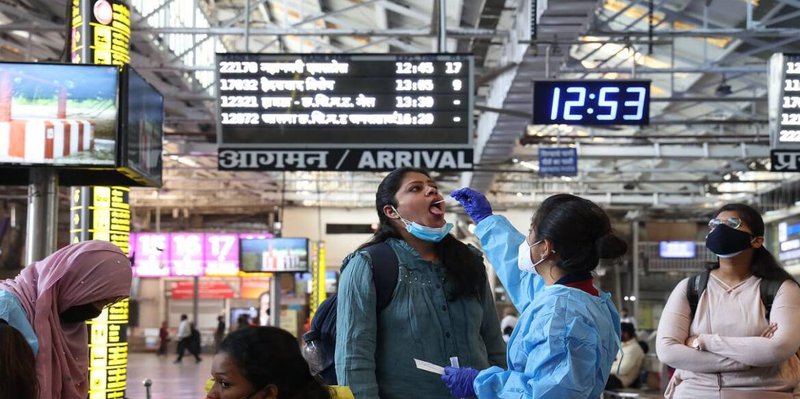
"It can be good news, but we really require more studies to prove that."
Since the heavily mutated variant was first detected in November, WHO data shows it has spread quickly and emerged in at least 128 countries, presenting dilemmas for many nations and people seeking to reboot their economies and lives after nearly two years of COVID-related disruptions.
However, while case numbers have surged to all-time records, the hospitalization and death rates are often lower than at other phases in the pandemic.
"What we are seeing now is....the decoupling between the cases and the deaths," he said.
His remarks on the reduced risks of severe disease chime with other data, including a study from South Africa, which was one of the first countries where Omicron was detected.
However, Mahamud also sounded a note of caution, calling South Africa an "outlier" since it has a young population, among other factors.
And he warned that Omicron's high transmissibility meant it would become dominant within weeks in many places, posing a threat to medical systems in countries where a high proportion of the population remains unvaccinated.
VACCINATION, NOT VACCINES, ARE THE CHALLENGE
While Omicron seemed to be slipping past antibodies, evidence was emerging that COVID-19 vaccines still provided some protection, by eliciting a second pillar of the immune response from T-cells, Mahamud said.
"Our prediction is protection against severe hospitalization and death (from Omicron) will be maintained," he said, saying this also applied to vaccines developed by Sinopharm and Sinovac that are used in China, where Omicron cases remain very low.
"The challenge has not been the vaccine but the vaccination and reaching those vulnerable populations."
Asked about whether an Omicron-specific vaccine was needed, Mahamud said it was too early to say but voiced doubts and stressed that the decision required global coordination and should not be left to manufacturers to decide alone.
"You may go ahead with Omicron and put all your eggs in that basket and a new variant that is more transmissible or more immune-evasive may appear," he said, adding that a WHO technical group had held recent meetings on vaccine composition.
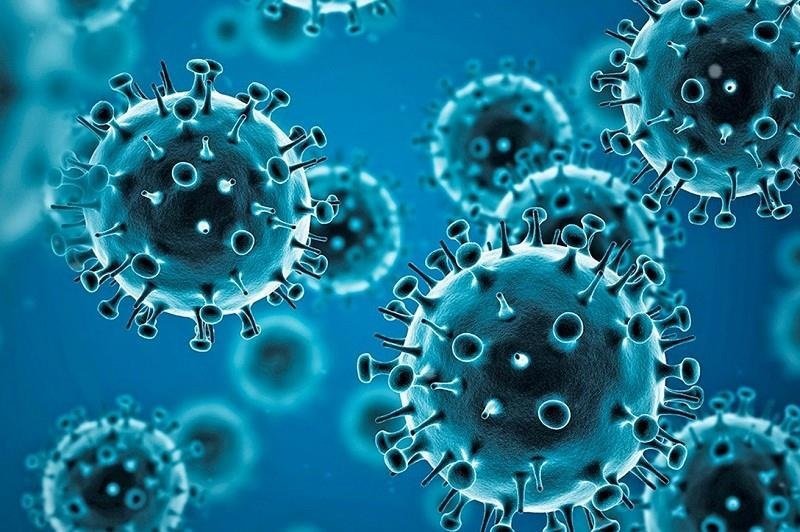
The best way to reduce the impact of the variant would be to meet the WHO's goal of vaccinating 70% of the population in each country by July, rather than offering third and fourth doses in some countries, he said.
As case numbers due to Omicron have soared, some countries, including the United States, have cut down isolation or quarantine periods in a bid to allow asymptomatic people to return to work or school.
Mahamud said that leaders should decide based on the strength of the local epidemic, saying Western countries with very high case numbers might consider trimming isolation periods to keep basic services functioning.
However, places that have largely shut it out would do better to maintain the full 14-day quarantine period.
"If your numbers are very small, you better be invested in keeping that number very, very low."
At a time when the number of infection related to Omnicron is rising, Ministry of Health and Population needs to take all necessary steps to fully prepare our health system to cope coming challenges of third wave.
- FOREIGN EXCHANGE: Largest Deposit
- Jul 22, 2024
- IMF: Approval Of SDR
- Jul 22, 2024
- NEPAL-KOREA RELATIONS: Fifty-Years Of Warm Relations
- May 31, 2024
- NEPAL-BRITAIN: Centenary Celebration
- May 31, 2024
- POLITCS: Forming New Alliances
- May 27, 2024

